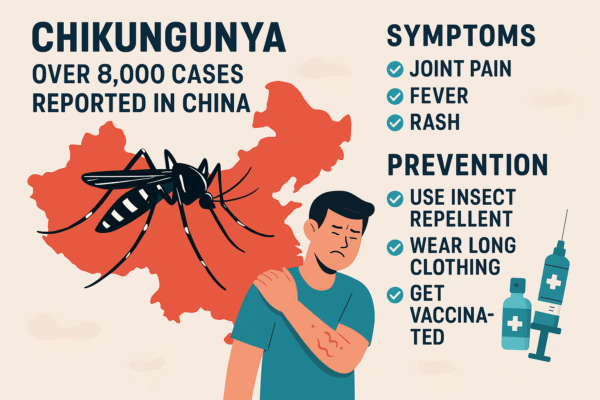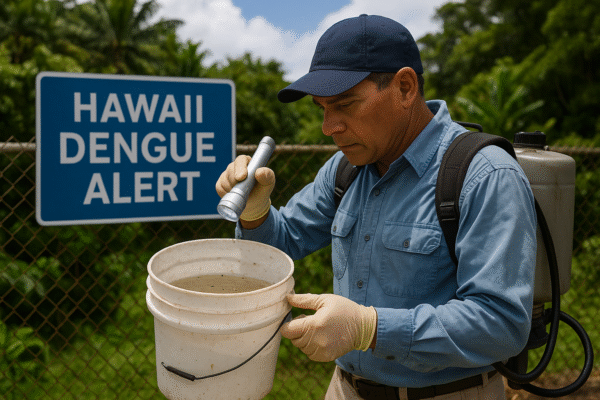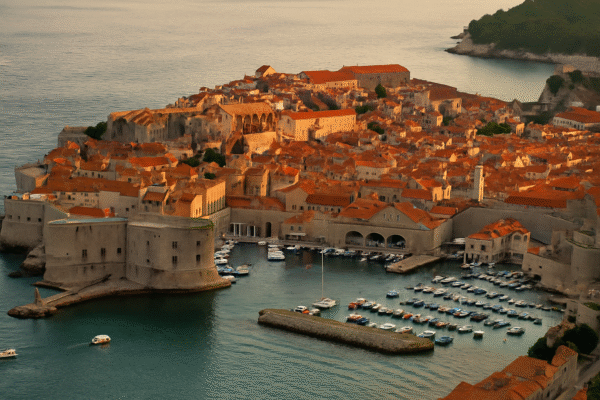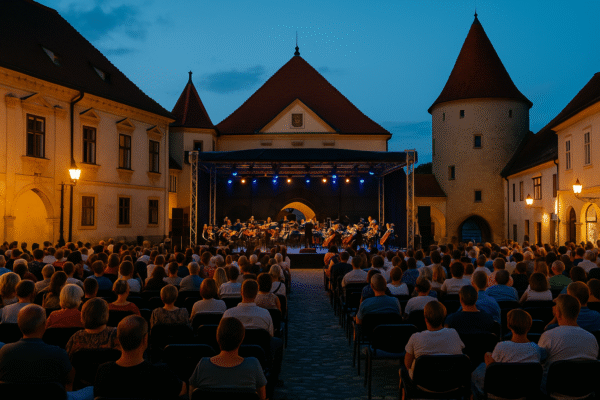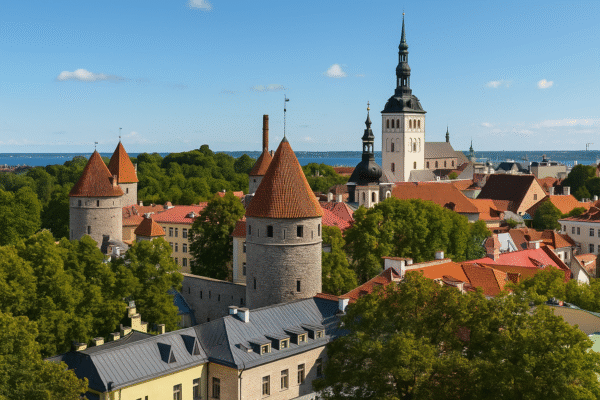Estonia, a Baltic nation of just 1.3 million people, has captured global attention not only for its fairy-tale medieval towns and untouched landscapes but also for a remarkable title — the cleanest country in the world. Recognised by the Environmental Performance Index (EPI) with a top score of 75.3, Estonia outperforms countries like Finland, Luxembourg, and Germany in environmental protection, clean energy use, and air quality.
With less than 5 micrograms of PM2.5 particles per cubic metre — well below WHO guidelines — Estonia’s air quality ranks among the purest on Earth. This isn’t by accident. The nation’s environmental success is the product of decades of policies focused on renewable energy adoption, forest conservation, and carbon-negative initiatives. Over 50% of Estonia’s land area is covered by forest, making it a natural haven for wildlife and a sanctuary for eco-tourists.
Tallinn: Medieval Charm Meets Modern Sustainability
At the heart of Estonia’s tourism appeal is Tallinn, the capital city whose Old Town was declared a UNESCO World Heritage Site in 1997. Cobbled streets, Gothic church spires, and merchant houses transport visitors back to the Hanseatic trading days of the 13th century.
- Upper Town (Toompea) — Home to Toompea Castle, the seat of Estonia’s parliament, and the pink-facaded Stenbock House where the government convenes.
- Pikk Hermann Tower — A 215-step climb rewards visitors with panoramic views over the city’s terracotta rooftops and the Gulf of Finland.
- Lower Town — Lined with bustling cafés, medieval guild halls, and artisan shops selling traditional Estonian handicrafts.
Yet Tallinn is not just about history. It’s one of Europe’s leading smart cities, powered by digital governance and sustainable urban planning. Electric buses, green roofs, and extensive cycling paths make exploring the city as eco-friendly as it is enchanting.
Nature Lovers’ Paradise: Estonia’s Great Outdoors
Estonia’s small size belies its astonishing natural diversity. The country is home to six national parks and over 1,500 islands along the Baltic Sea.
Lahemaa National Park — Just 70 km east of Tallinn, this is Estonia’s largest national park, offering pine-scented hiking trails, bog landscapes, and restored manor houses.
Soomaa National Park — Known for its “fifth season” floods, it’s a UNESCO biosphere reserve ideal for canoeing, wildlife photography, and peatland exploration.
Saaremaa and Hiiumaa Islands — Perfect for cycling holidays, with windmills, lighthouses, and untouched beaches.
Estonia is also a birdwatching hotspot, with over 380 species recorded. Spring and autumn migrations bring thousands of cranes, geese, and rare eagles, drawing ornithologists from across Europe.
Sustainable Tourism at the Core
Estonia’s tourism sector operates with a strong eco-ethos. Many hotels and guesthouses carry the Green Key eco-label, signifying reduced energy use, water conservation, and sustainable sourcing. Visitors can stay in eco-lodges built from local timber, powered by solar panels, and serving organic farm-to-table meals.
Public transport in Tallinn is free for residents, and the country is expanding its electric vehicle charging network to make green travel even easier. Estonia is also a leader in digital ticketing for museums, buses, and attractions, reducing paper waste.
Cultural Experiences Beyond the Capital
While Tallinn is the star attraction, venturing beyond the city reveals a tapestry of traditions:
- Setomaa Region — Home to the Seto people, known for their polyphonic singing (recognised by UNESCO) and ornate silver jewellery.
- Viljandi — Famous for its medieval castle ruins and the annual Viljandi Folk Music Festival, celebrating traditional and world music.
- Tartu — Estonia’s second-largest city and the European Capital of Culture 2024, blending academic heritage with vibrant street art.
Affordable Gateway to Northern Europe
Contrary to the perception of Northern Europe as expensive, Estonia offers excellent value for money. Return flights from London to Tallinn can start at £88, and high-quality accommodation is available for a fraction of Scandinavian prices. Many museums, parks, and cultural attractions are free or charge minimal entry fees.
Its compact geography means visitors can experience both urban and rural charms without long travel times — ideal for a weekend break or extended eco-holiday.
Why Estonia Should Be on Your Travel List
Whether it’s inhaling some of the cleanest air in the world, wandering medieval streets, kayaking through serene boglands, or enjoying fresh Baltic seafood, Estonia offers an unmatched combination of nature, culture, and sustainability.
Tourism Estonia’s latest figures show a 15% increase in eco-tourism bookings year-on-year, with visitors from Germany, Finland, the UK, and the US leading the charge. The future looks bright for this Baltic gem — a country where history lives in harmony with the environment.
In Summary: Estonia is not just Europe’s cleanest country — it’s a model for how heritage, sustainability, and tourism can thrive together. From Tallinn’s Old Town to the wild boglands, every journey here is a breath of fresh air — literally.
For more travel news like this, keep reading Global Travel Wire





